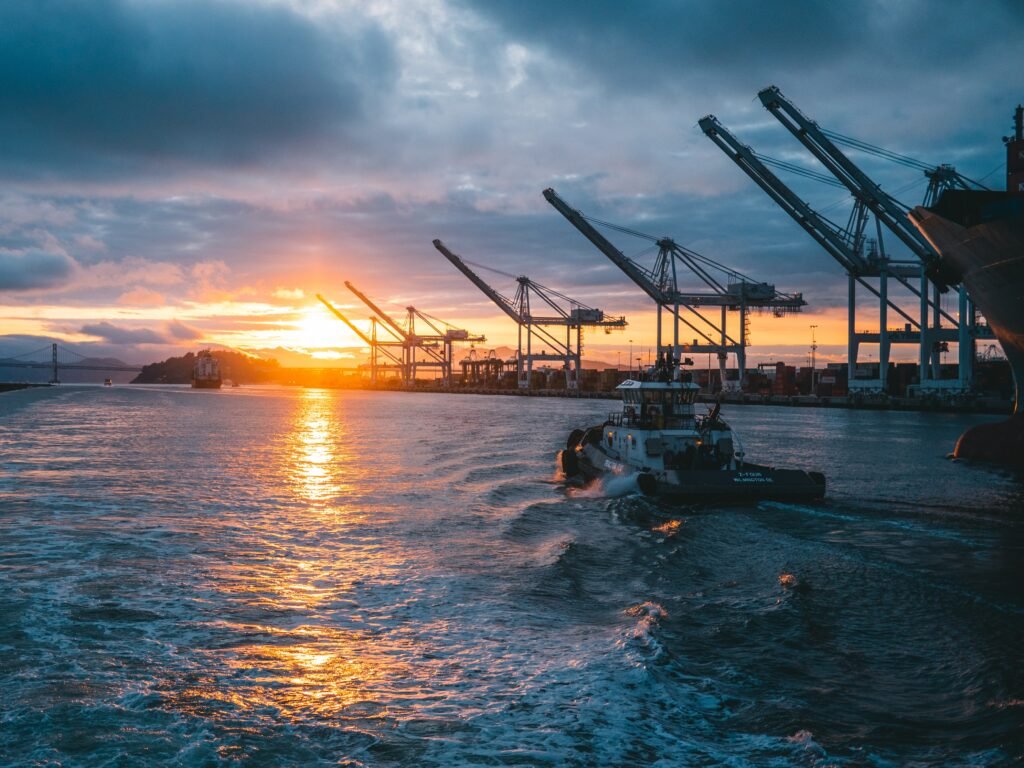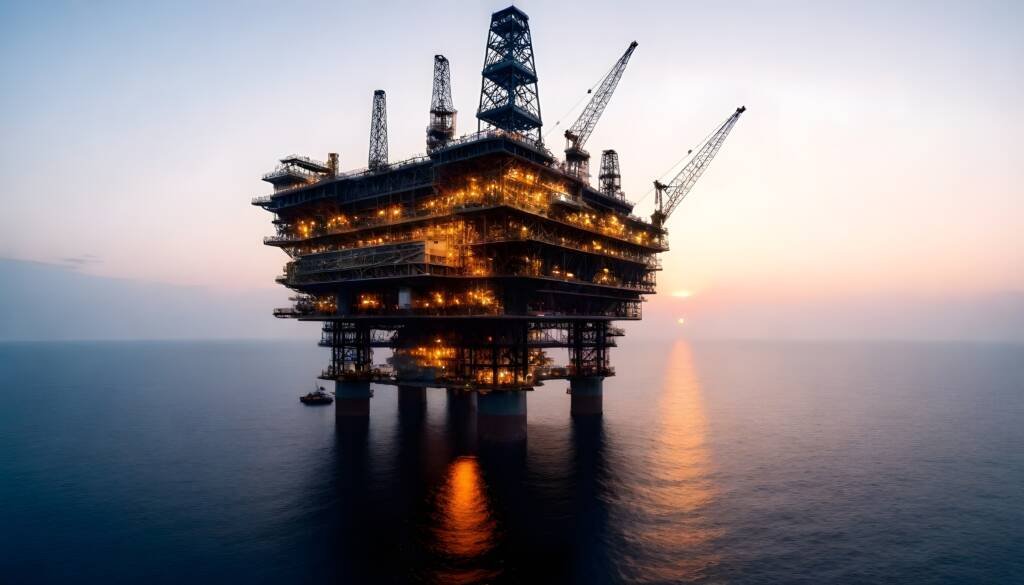Offshore Drilling: Exploring the Depths for Energy
Offshore drilling is a sophisticated and essential method used to explore and extract petroleum from beneath the ocean floor. This complex process is a cornerstone of the global energy industry, providing access to vast reserves of oil and natural gas that are crucial for meeting the world’s energy needs.
The Process of Offshore Drilling
1. Site Selection and Exploration: Offshore drilling begins with extensive geological surveys and seismic studies to identify potential underwater oil and gas reservoirs. Advanced technology and precise mapping help geologists determine the most promising sites for drilling.
2. Rig Deployment: Once a site is selected, an offshore drilling rig is deployed. These rigs come in various types, including fixed platforms, semi-submersible rigs, and drillships, each designed to operate in different water depths and environmental conditions. The rig is transported to the location and anchored securely to withstand ocean currents and weather conditions.
3. Drilling Operations: The drilling process involves several stages:
- Spudding: The initial phase where the drill bit penetrates the seabed.
- Casing and Cementing: Steel pipes (casings) are inserted into the wellbore and cemented in place to prevent collapse and isolate the well from surrounding water.
- Drilling to Total Depth (TD): The well is drilled to the target depth, reaching the oil or gas reservoir. Drilling fluid, or mud, is used to cool the drill bit, carry cuttings to the surface, and maintain pressure.
4. Well Completion and Production: After reaching the reservoir, the well is completed by installing production tubing and necessary equipment. Advanced techniques, such as hydraulic fracturing or acidizing, may be used to enhance flow rates. Once completed, hydrocarbons are brought to the surface and transported via pipelines or tankers to processing facilities.


Environmental and Safety Measures
Offshore drilling operations prioritize environmental protection and safety. Rigorous safety protocols, advanced blowout preventers, and real-time monitoring systems are in place to prevent accidents and minimize environmental impact. Offshore platforms are equipped with spill response equipment, and continuous environmental monitoring ensures compliance with regulations.
Economic and Energy Benefits
Offshore drilling plays a critical role in the global energy landscape by tapping into vast underwater reserves that are otherwise inaccessible. This contributes to energy security, reduces dependence on onshore resources, and supports economic growth. The industry generates significant employment opportunities, from rig workers to engineers and support staff, and stimulates local economies.
Technological Innovations
Continuous advancements in technology have revolutionized offshore drilling. Innovations such as remote-operated vehicles (ROVs), subsea production systems, and enhanced drilling techniques have improved efficiency, reduced costs, and minimized environmental impact. These technologies enable drilling in deeper waters and harsher environments, expanding the potential for resource extraction.
Conclusion
Offshore drilling is a vital and dynamic process that underpins the global supply of oil and natural gas. Through meticulous planning, advanced technology, and stringent safety measures, the industry continues to meet the world’s energy demands while prioritizing environmental stewardship. As exploration ventures further into the depths of the oceans, offshore drilling remains at the forefront of energy innovation and sustainability.

